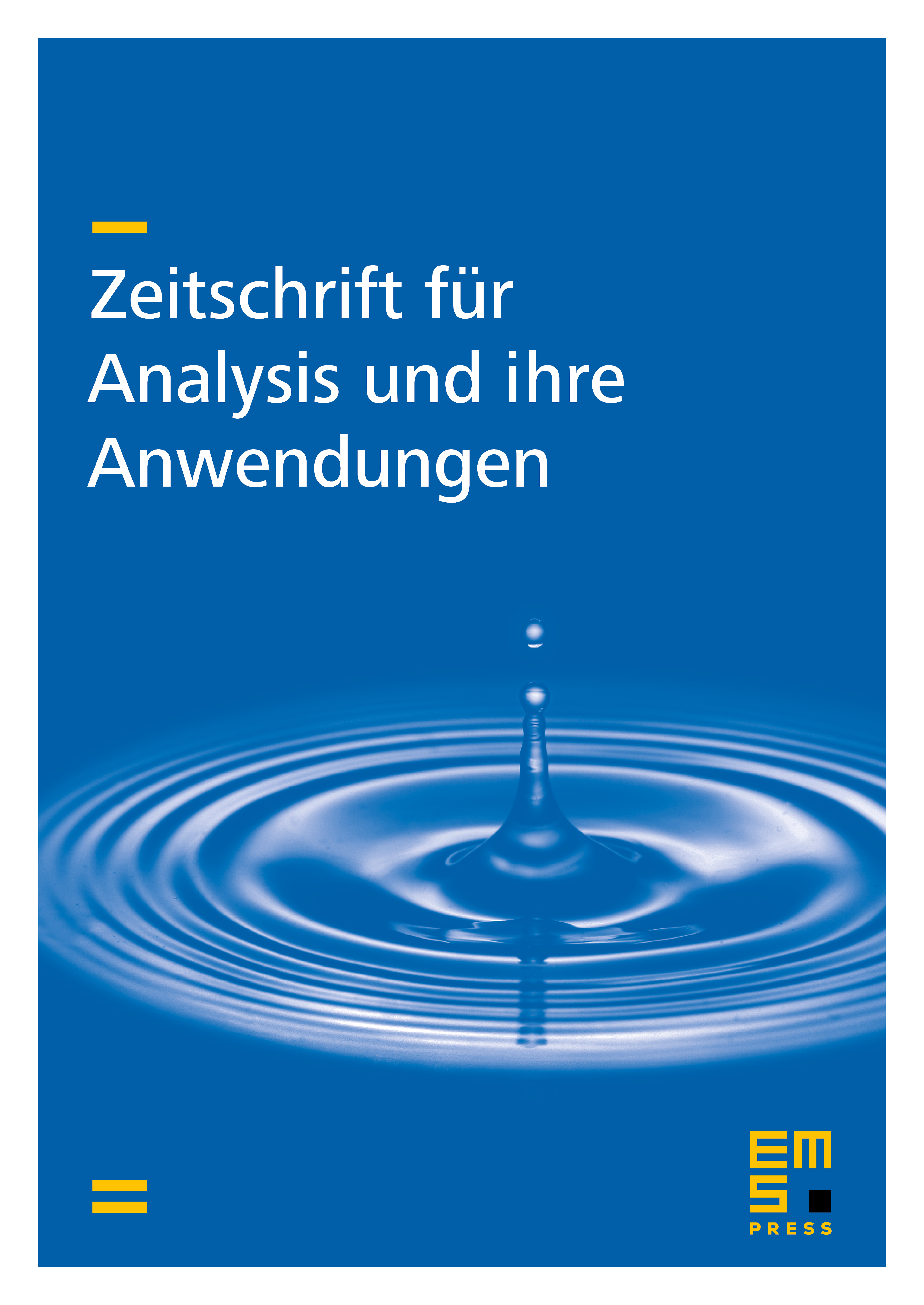A New Method for Obtaining Solutions of the Dirac Equation
Vladislav V. Kravchenko
Cinvestav del IPN, Santiago De Querétaro, Mexico

Abstract
The Dirac operator with pseudoscalar, scalar or electric potential and the Schrödinger operator are considered. For any potential depending on an arbitrary function satisfying the equation
where there are constructed special solutions of the Dirac and the Schrödinger equations, and in some cases the fundamental solutions are obtained also. The class of solutions of equation () is sufficiently ample. For example, if 1) is harmonic and 2) the gradient squared of is constant, then satisfies (*). That is, in particular, any complex linear combination of three variables satisfies equation , and the solutions may be obtained for any potential depending on such . All results are obtained using some special biquaternionic projection operators constructed after having solved an eikonal equation corresponding to .
Cite this article
Vladislav V. Kravchenko, A New Method for Obtaining Solutions of the Dirac Equation. Z. Anal. Anwend. 19 (2000), no. 3, pp. 655–676
DOI 10.4171/ZAA/973